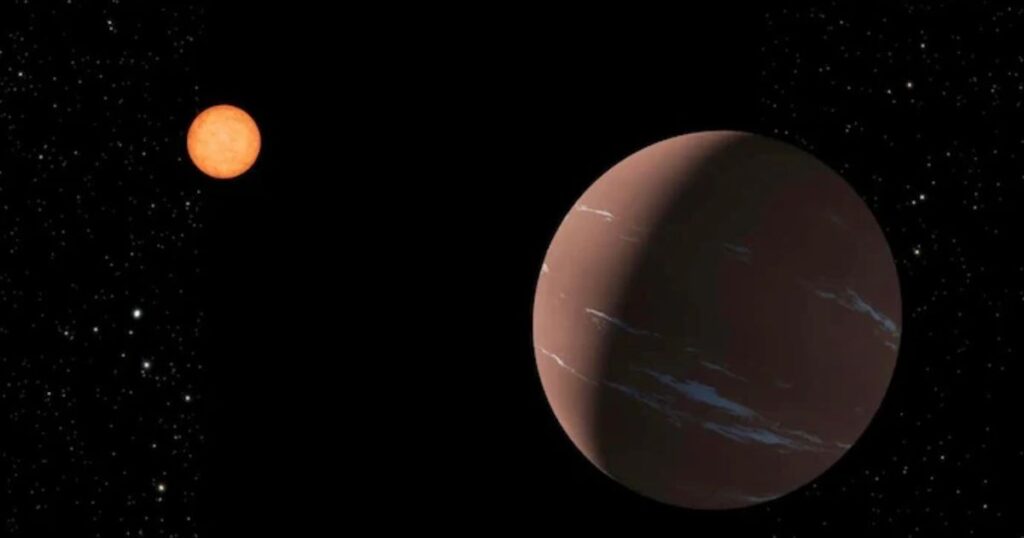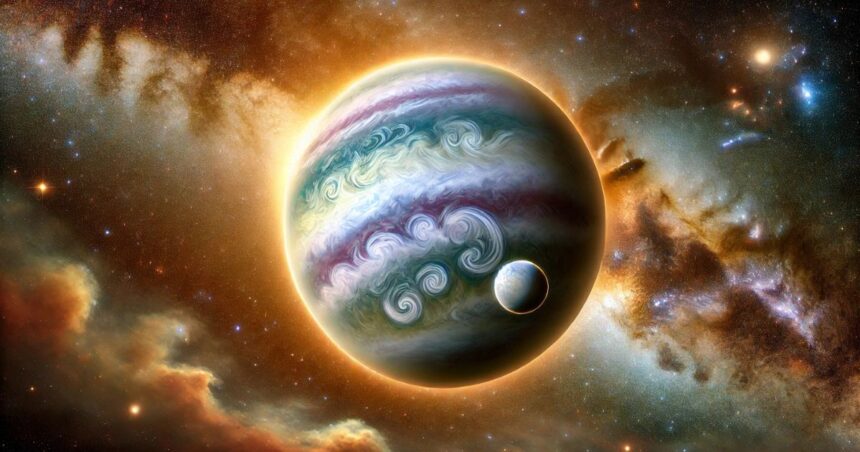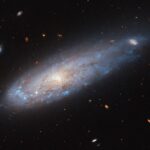In a groundbreaking discovery, Indian astronomers discovered a massive new planet known as TOI-6651b. This exoplanet is so massive that its radius is five times that of Earth, and its mass is 60 times larger than Earth’s. The discovery not only shows India’s growing role in space research but also opens new windows for understanding planet formation and evolution. This exciting find was made using the advanced PARAS-2 spectrograph.
TOI-6651b is exceptionally massive and large when compared to Earth. This exoplanet is present at the farthest edge of the Neptunian desert. The “Neptunian Desert” is a mystery area known for having a lack of planets of this size, so the finding of TOI-6651b is a surprising and important discovery.
What is Neptunian Desert?
Astronomers use the term “Neptunian desert” to describe a region in space where planets like Neptune are rarely found. It stretches across a range of distances from host stars, where planets tend to be absent or exist in very small numbers. The discovery of this exoplanet in this area provides an exceptional case for studying why such planets are observed so rarely.

TOI-6651b exoplanet orbit is different from others; it revolves around its star TOI-6651 in just five days. The orbit of this planet is not perfectly circular but slightly elliptical.
TOI-6651 is a G-type sub-giant star. This star is similar to our Sun in some aspects but slightly larger and hotter. It has a surface temperature of about 5940 K, which contributes to the dynamic environment of the exoplanet that revolves around it.
TOI-6651b’s Composition
TOI-6651b is composed of rocky and iron-rich materials that make up about 87% of the planet’s mass. The remaining mass consists of a lighter covering of hydrogen and helium gas, which envelops the denser core. Such composition shows different evolutionary processes, which are possibly caused by mergers or atmospheric loss.
It has high density, which suggests that it has experienced gravitational compression. It could have been shaped by collisions with other objects or undergone extensive atmospheric stripping due to tidal heating.
The Discovery of such planets in the Neptunian desert challenges the current understanding of planetary formation. Current theories predict that planets of such mass and density would not form in this region. This Discovery may demand revisions to existing models of planet formation.
India plays an important role in this Discovery; this is the fourth exoplanet discovered by Indian scientists at the Physical Research Laboratory (PRL). It shows India’s growing expertise in space research.
FAQs
What is TOI-6651b?
It is a newly discovered exoplanet that is five times the size of Earth. Located in the Neptunian desert.
Why is the Neptunian desert important?
It is a region in space where planets of Neptune’s mass are rarely found, making it a unique area for studying planetary formation.
Can TOI-6651b support life?
The extreme conditions on TOI-6651b make it unlikely to support life, but its study helps us understand the potential for habitability on other planets.
What are the characteristics of the star TOI-6651?
It is a G-type sub-giant star, larger and hotter than the Sun with a surface temperature of 5940 K.
Editor’s Recommendations
- Astounding Discovery! Zombie Star Survives the Supernova Explosion
- Hubble Telescope Captures Breathtaking ‘Stellar Volcano’ Eruption
- 1st Triple Black Hole System Found by Chance, But It Challenges the Coventional Black Hole Formation Theories
- Universe Shakedown: What Really Happens When Black Holes Merge?




